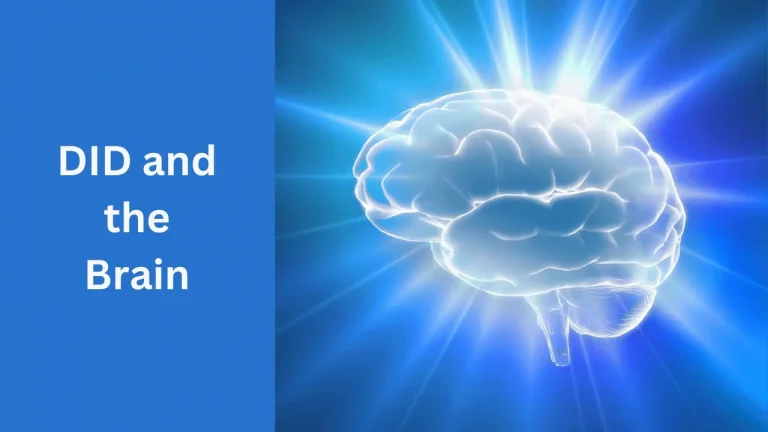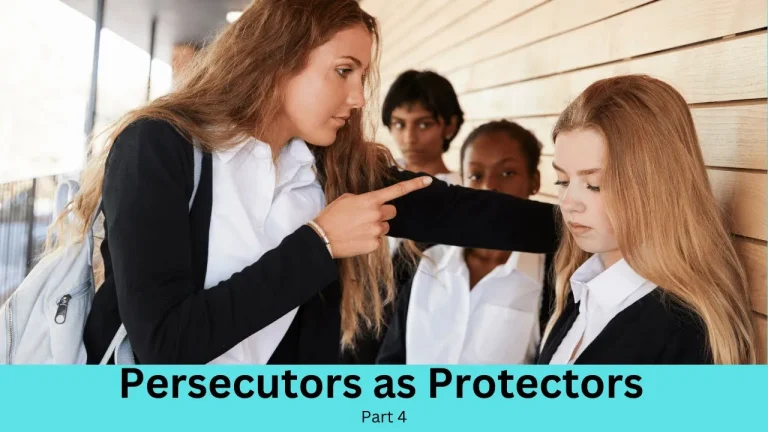Many people don’t realize they have DID until adulthood, when symptoms like time loss or alters seem to appear suddenly. This video explains why DID is always formed in childhood, how symptoms can...
Trauma therapy often follows a three-phase model known as the tri-phasic approach. Phase one builds safety and regulation skills, phase two carefully processes traumatic memories, and phase three...
Discover videos that explain what alters are in DID, how they form through neural networks, and why they develop as part of the brain’s survival response...
What is trauma, and how does it connect to DID? Trauma occurs when the nervous system is overwhelmed with helplessness and fear. For children—who have fewer ways to cope—abuse and neglect are...
DID systems can have a few alters or over a hundred. This video explains what the number of alters means, why it can change, and how it affects recovery...
Protector parts sometimes imitate abusers—not because they want to hurt you, but because they’re stuck in the past and still trying to keep you safe. This video explains why protector parts double...
I don’t know who came up with this metaphor, so I can’t give credit, but I find it is an excellent way to sum up the process of healing. Imagine you are hiking up a mountain. We’re not rock climbing...
Why do persecutor parts act like abusers? Often, they are scanning for anything that might trigger an abuser’s anger—or pushing you to behave in ways that minimized punishment in the past. This video...
Therapy can change relationships — sometimes for the better, sometimes with loss. Learn why healing may lead to conflict, and how to rebuild healthier connections...









